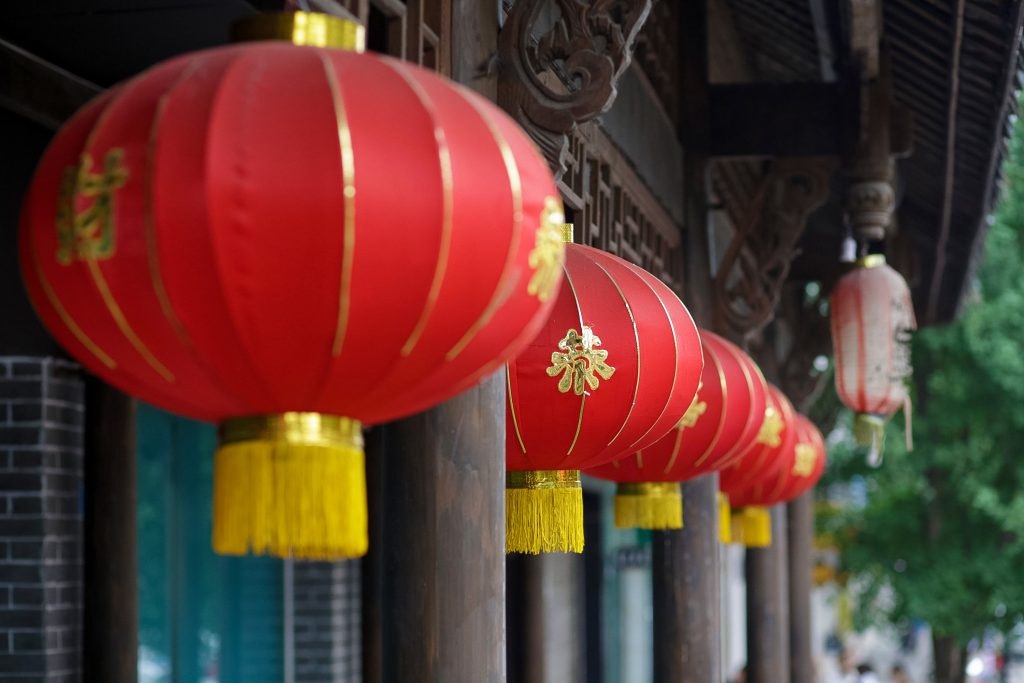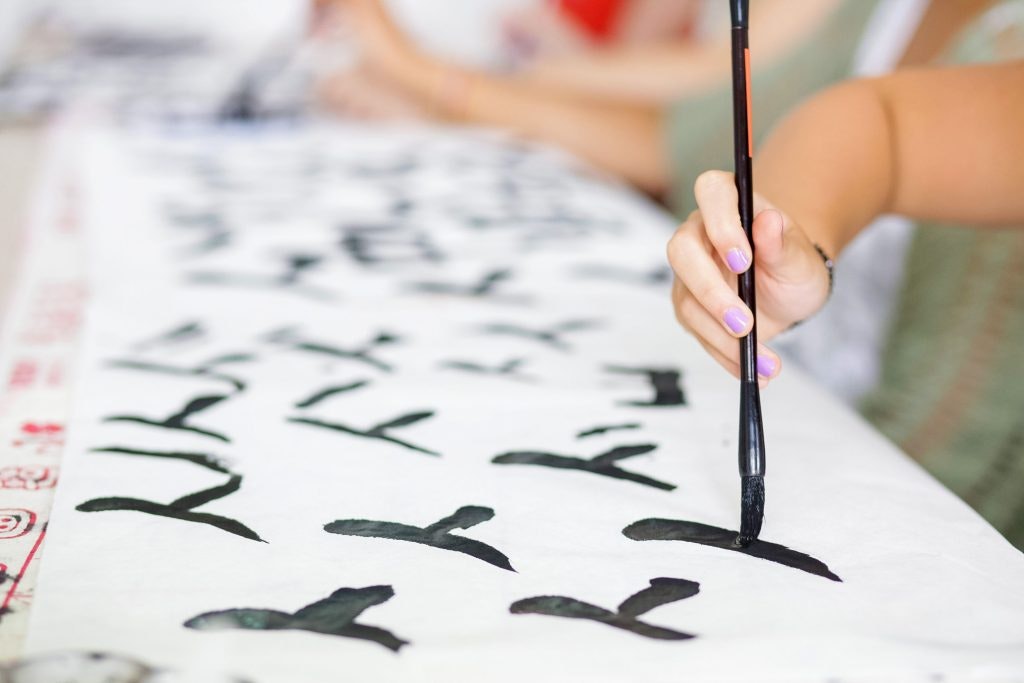







In high school, I had a deep desire to travel to China. I didn’t want to merely visit the People’s Republic of China, I wanted to drink the country like oolong tea and savor the history like Chinese food.
Determined to go beyond the typical American exchange student, I immersed myself in Chinese, built real connections with Chinese people, learned the Chinese language, lived with families in Southern China, studied native plant and animal species, and barged down the Yellow River.
Here are some key facts about China:
| Key Facts About China | Details |
| Population | 1,416,527,776 |
| Official Language | Mandarin |
| Currency | Yuan |
| Capital | Beijing |
| Area | 3,700,000 sq mi (9,600,000 million sq km) |
| National Animal | Giant Panda |
Keep reading to learn 3 wild fun facts about China!
China operates under a very powerful central government that was established following the Chinese Civil War (1927–1949), which ended with the Communist Party’s victory and the founding of the People’s Republic of China in 1949, after centuries of imperial rule including the Qing Dynasty.

Red lanterns in China symbolize joy, celebration, and good fortune, especially during festivals like the Lunar New Year. While not directly rooted in Confucianism, they reflect traditional Chinese cultural values including harmony and respect, which are consistent with Confucian principles.
Confucianism is a belief system founded by Confucius (551-479 BCE) in China. Chinese classical values focus on moral integrity, familial respect, social harmony and governmental responsibility. Confucianism didn’t set the official language (Mandarin Chinese), but it set forth a form of engagement with the government and with others that is specific to China.
Confucianism influenced Chinese government in that it advocated for the virtuous government official and wise leader to rule by example. It pushed for a Chinese government based on meritocracy and civil service exams.
On the personal side, Confucianism details five relationships for social harmony, based on mutual respect and defined roles:

Student travelers practicing calligraphy, an ancient Chinese art form that began with the invention of paper.
Bonus Fact: Shanghai, China, was recognized as one of the world’s best cities for food in 2025, according to Time Out.
Related:
💡 Want more trivia?
Browse all Fun Facts articles.